
- Share via
IMPERIAL BEACH, Calif. — The Tijuana River should not be flowing this time of year. But throughout the dry season, it has — delivering millions of gallons a day of an unnatural mix of water, neon green sewage and industrial waste from Tijuana through the city of Imperial Beach to the Pacific Ocean.
This 4.4-square-mile beach town of 27,000 largely working-class and Latino residents, sitting just south of San Diego, is appealingly affordable. But it also bears the brunt of Tijuana’s population boom.
For the record:
8:13 a.m. Sept. 26, 2024A previous version of this article stated that researchers found hydrogen cyanide and upward of 30 parts per million of hydrogen sulfide near the Tijuana River. The level of hydrogen sulfide found was 24 parts per million, and hydrogen cyanide was not detected. In addition, the Scripps Institution of Oceanography was misnamed as the Scripps Institution of Geography. The story also previously stated that the state’s ambient air quality standard for hydrogen sulfide was 3 parts per billion. It is .03 parts per million, or 30 parts per billion.
While the Imperial Beach shoreline just reopened last weekend, the Tijuana River shoreline has remained closed for more than 1,000 days because of ocean bacteria levels that are a hundred times higher than safe amounts. The stench of rotting eggs after dark is overwhelming for south San Diego residents, keeping some awake all night.
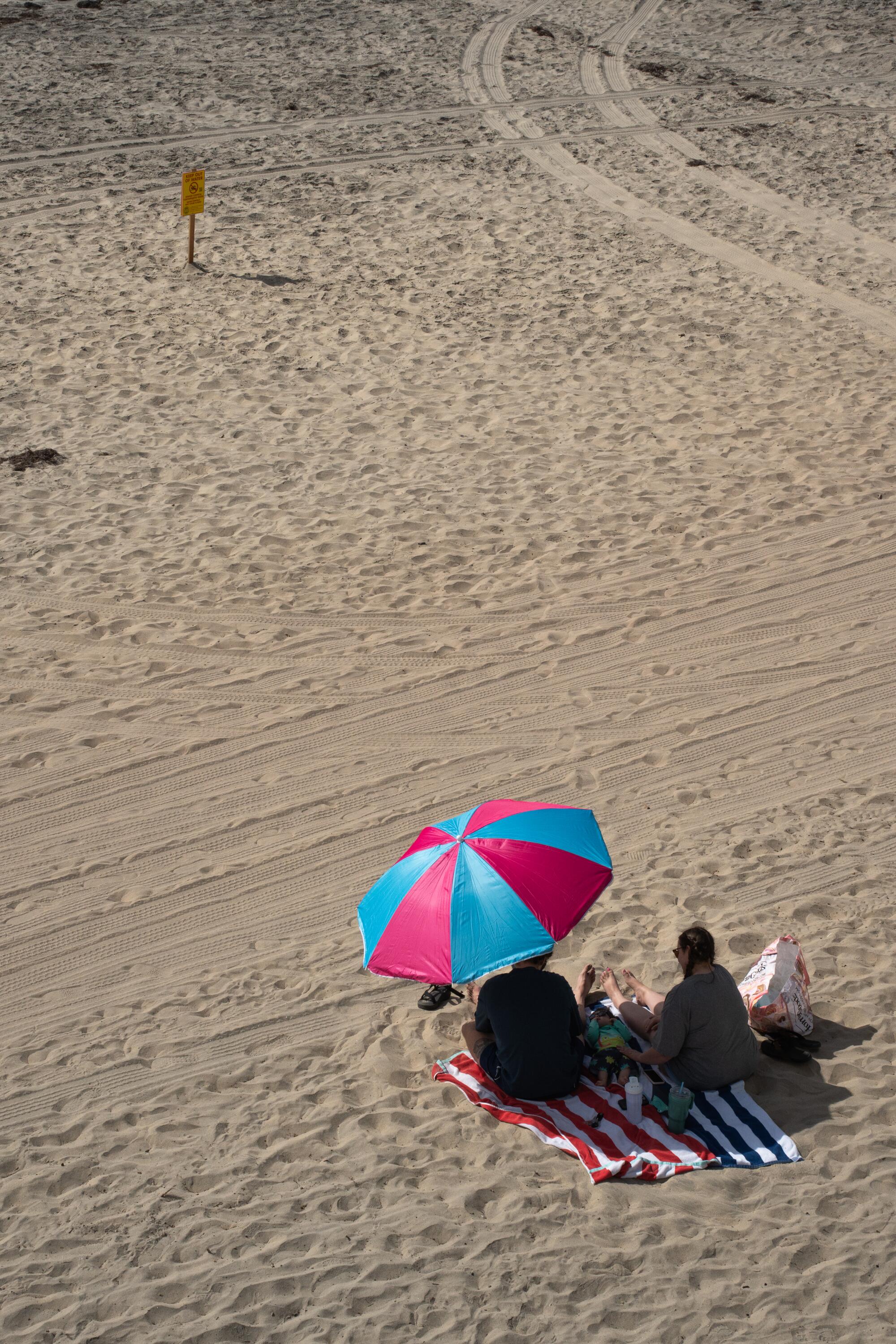
Pollution in the river has been an entrenched environmental crisis for decades, with all sides pointing fingers at one another. Residents blame politicians for failing to find a solution. Local politicians blame Congress for not funding improvements in the South Bay International Wastewater Treatment Plant, which processes raw sewage from Tijuana. The federal government blames Mexico for lax sewage regulations. The International Boundary and Water Commission says it’s not its job to collect the wastewater from unknown sources that flows into the Tijuana River.
- Share via
The Tijuana River has been polluted for decades, but in recent years, South San Diego residents say the smell — and their respiratory illnesses — has gotten worse.
Complicating matters further: Researchers and county officials are sharply split on whether the stench is simply a nuisance or a danger to public health.
Some help is on the way, potentially. Mexico’s new wastewater treatment plant is set to open this month, and there are plans to double the capacity of the South Bay International Wastewater Treatment Plant, although that project will take five years.
Meanwhile, residents and the mayor of Imperial Beach say they are plagued with unexplained and more acute illnesses. A persistent cough that wouldn’t disappear. Wheezing in the chest. Migraines and headaches. Stuffy sinuses with an acidic burn in the eyes. Nausea. Diarrhea. And they worry about worse effects on their children.
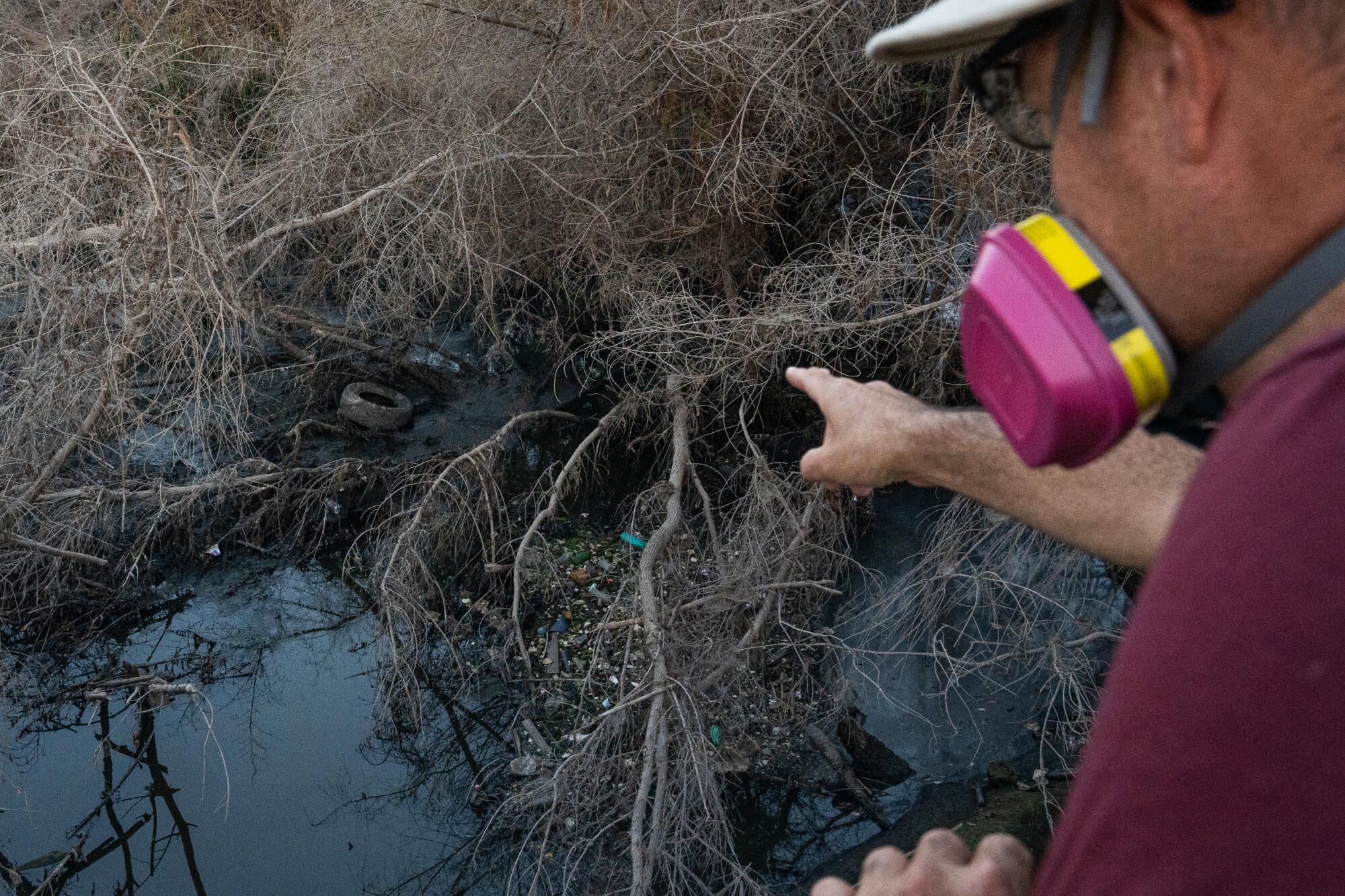
Jeffrey Jackson, who’s lived along the ocean in Imperial Beach for 25 years, said the air “is getting me sick ... it’s stuff in my lungs.” He’s had to clear his lungs in the middle of the night constantly, and his daughter caught pneumonia twice this summer. “I have toilet paper underneath my pillow so I can spit.”
Drs. Matt and Kimberly Dickson knew something was awry as well. As residents of Imperial Beach, they were used to treating surfers at the South Bay Urgent Care Center sickened by E. coli and other bacteria after defying beach advisories to stay out of the water. But after Hurricane Hilary and the atmospheric rivers of February, they noticed more patients arriving at their doors with similar symptoms — diarrhea, viral infections, vomiting, stomachaches — who hadn’t touched the contaminated water.
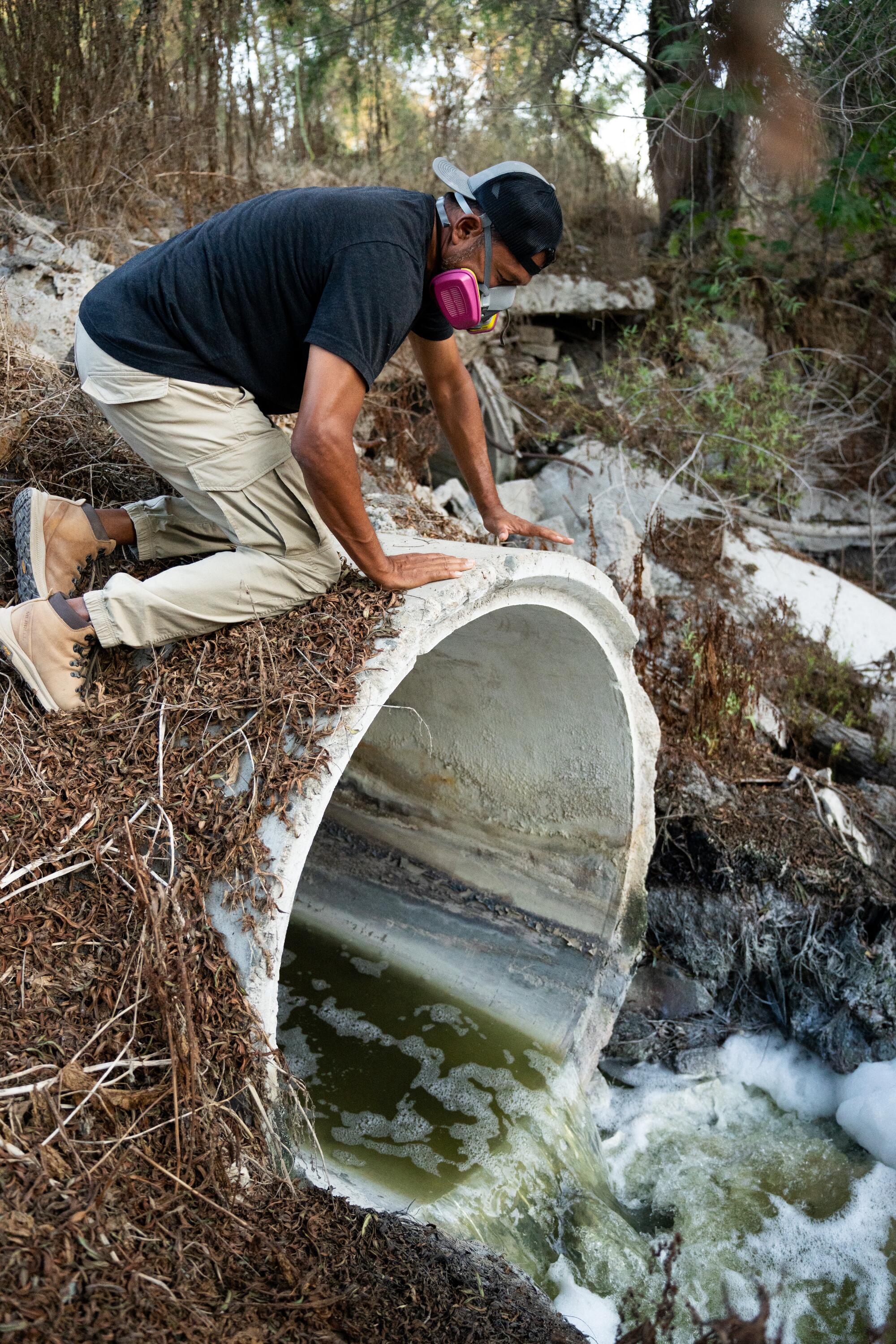
The Dicksons tried to raise alarms to San Diego County’s public health officials, but ultimately the county decided there was no direct correlation between the flood of sewage that poured into the river and the ailments that residents developed.
Frustrated, the Dicksons contend that the public health response has been slow because people are just becoming violently ill, not dying.
“I feel like the patients down here are being treated like the canary in the coal mine,” Matt Dickson said.
County health officials didn’t respond to a request for comment about health concerns in the Tijuana River Valley.
Kimberly Prather, the director of the Center for Aerosol Impacts on Chemistry of the Environment at UCSD’s Scripps Institution of Oceanography, was not so quick to dismiss the doctors’ concerns. Her previous research had shown that bacterial microbes could become airborne pathogens in sea spray. Now she wanted to prove that the polluted water was also polluting the air.
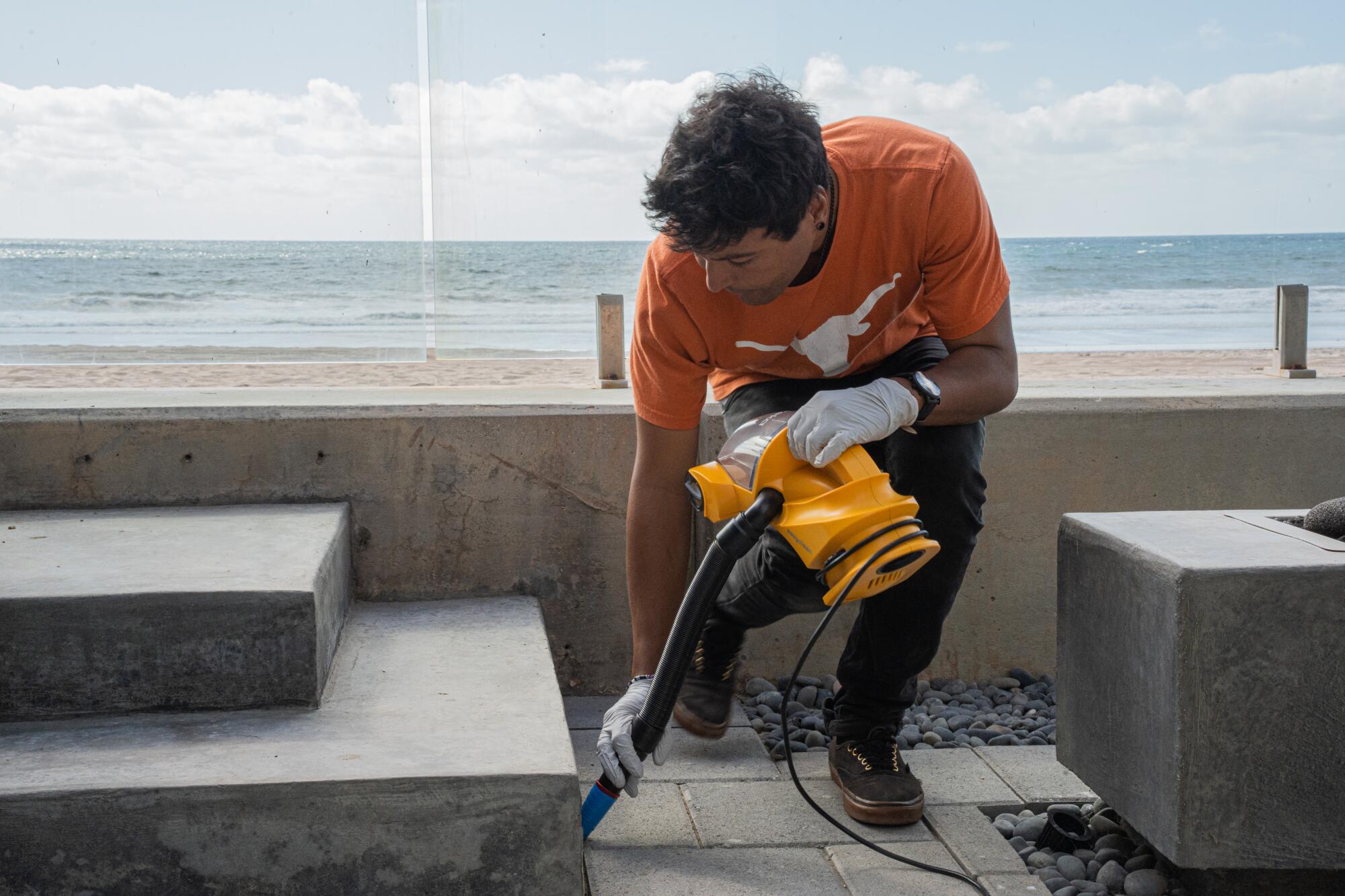
In August, Prather joined forces with other researchers, including San Diego State University’s Paula Granados, an expert in cross-border pollution, to perform one of the largest studies ever jointly conducted on the Tijuana River Valley. The researchers started pulling samples from the air, river mouth, groundwater, soil and even the green beans grown in a local community garden to check for pollutants after they found concerning levels of hydrogen sulfide — 24 parts per million in one spot. (The California Air Resources Board has established .03 parts per million over the course of an hour as the state’s ambient air quality standard for hydrogen sulfide.)
But the San Diego County Air Pollution Control District conducted its own studies, which found less pollution — 0 to 16 parts per million of hydrogen sulfide in Imperial Beach, along with safe levels of hydrogen cyanide. Supervisor Nora Vargas’ office said in an email that “there is no imminent threat to public health from hydrogen cyanide and hydrogen sulfide.”
Nevertheless, her office also passed out 400 free air purifiers to community members in the South Bay to help alleviate the smell.
The EPA, the California Department of Public Health and Gov. Gavin Newsom’s office have all said that the hydrogen sulfide is a nuisance but doesn’t pose any immediate risk for residents.
“It’s not a situation where you’re accumulating a bunch of the toxin into your body and it’s causing damages to your organs,” said Dr. Cyrus Rangan, a medical toxicologist with the California Department of Public Health, though he did concede that even temporary symptoms over long periods of time could degrade a resident’s quality of life. “These problems generally are not permanent problems. They can become persistent problems if you continue to experience the odors.”

Prather argued that county and state officials fail to understand the severity of the situation, saying, “Just based on gases alone, this is a toxic pit.”
Her research still needs to be peer reviewed, but Prather said she’s confident her work is on the verge of finding proof that bacteria in the water are becoming aerosolized and making people sick. The results should also confirm a direct correlation between the increase in sewage flow in the Tijuana River and higher rates of airborne hydrogen sulfide and health complaints, she said.
There have been very few studies on the long-term effects of hydrogen sulfide exposure in human populations because testing on people would be unethical. Rangan said that there aren’t data yet on whether pathogens in the Tijuana River can be aerosolized and affect residents but that the state health department is working with doctors from the Centers for Disease Control and Prevention to do more research.
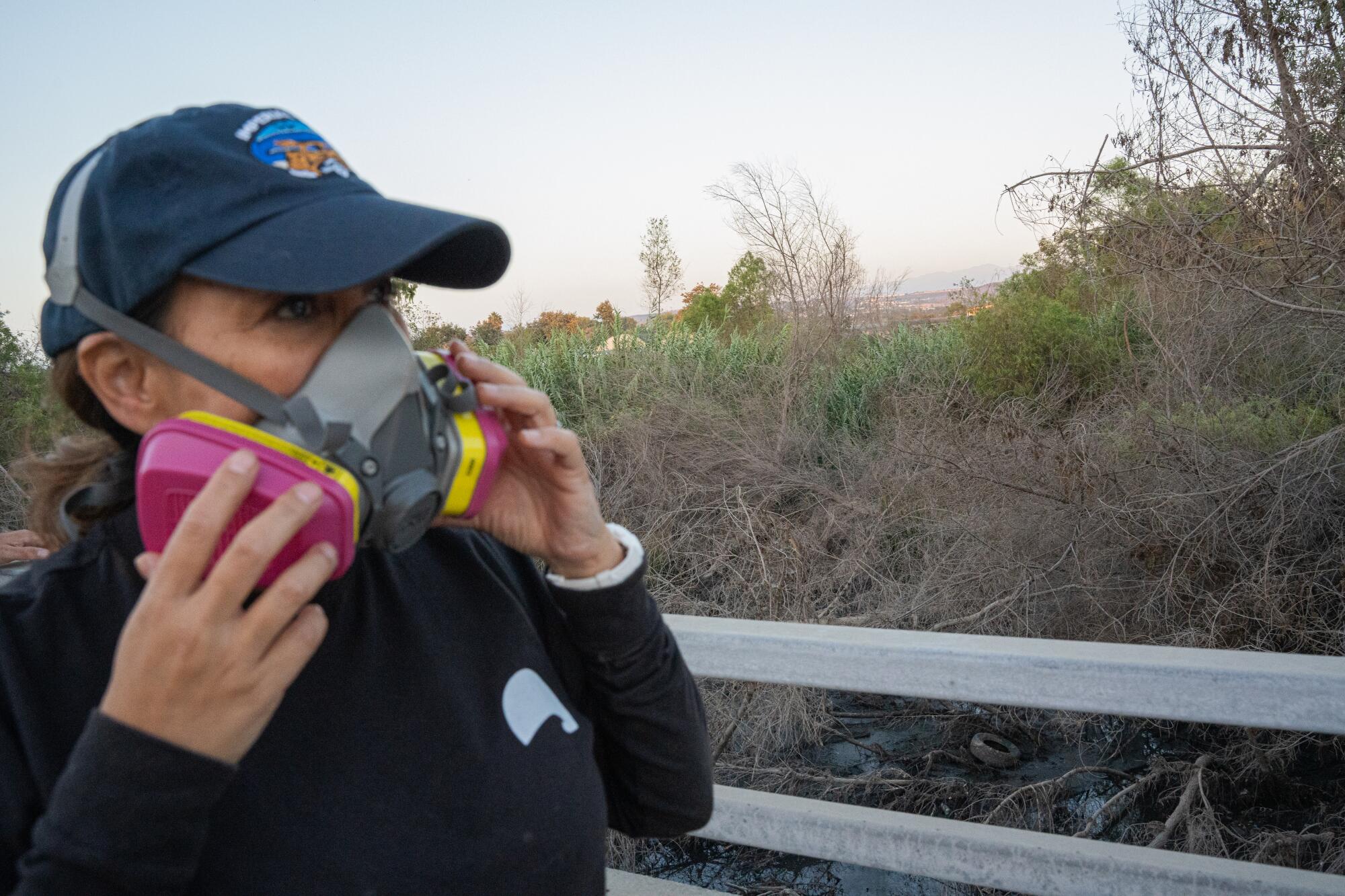
Meanwhile, the Dicksons have been joined by other doctors who are concerned as well. Prather’s work has identified a hot spot around Saturn Boulevard where more than half a dozen schools are located in a 1.5-mile radius around the river.
San Diego Pediatricians for Clean Air has called on public officials to take precautionary measures to protect children, who breathe more rapidly, have a larger lung-to-body-mass ratio and would be more vulnerable to hydrogen sulfide poisoning. Hydrogen sulfide exposure has neurological effects as well, including memory loss, fatigue and loss of balance.

Perla Rosales, an Imperial Beach resident who works as an executive assistant for California Quality Drywall Services, has two children, 11 and 4 years old, in the South Bay Union School District. Her younger child, Azariel, has been suffering from a persistent cough at school.
“The school called me to ask if he had asthma because he was coughing a lot,” Rosales said. During this month‘s heat wave, SBUSD informed parents that all outdoor activities were canceled, physical education classes and recess were moved indoors, and air scrubbers were on all day.
“[His] teacher told me she had a lot of students sick in the last weeks,” she added. Rosales lived in Tijuana three years ago with her family but had never smelled the river like this before. Knowing that her son has been exposed to hydrogen sulfide has her worried about his cough “because he usually is a healthy boy.”
Over the years, residents have seen the ecosystem change into an unrecognizable landscape — once clear ponds stocked with fish are now gray cesspools filled with white foam that is visible even in Google’s satellite images. Surfers have seen dead birds and occasionally dead dolphins washed ashore. Residents still fish every day off the Imperial Beach pier for food, unaware that heavy metals have been found in the ocean.
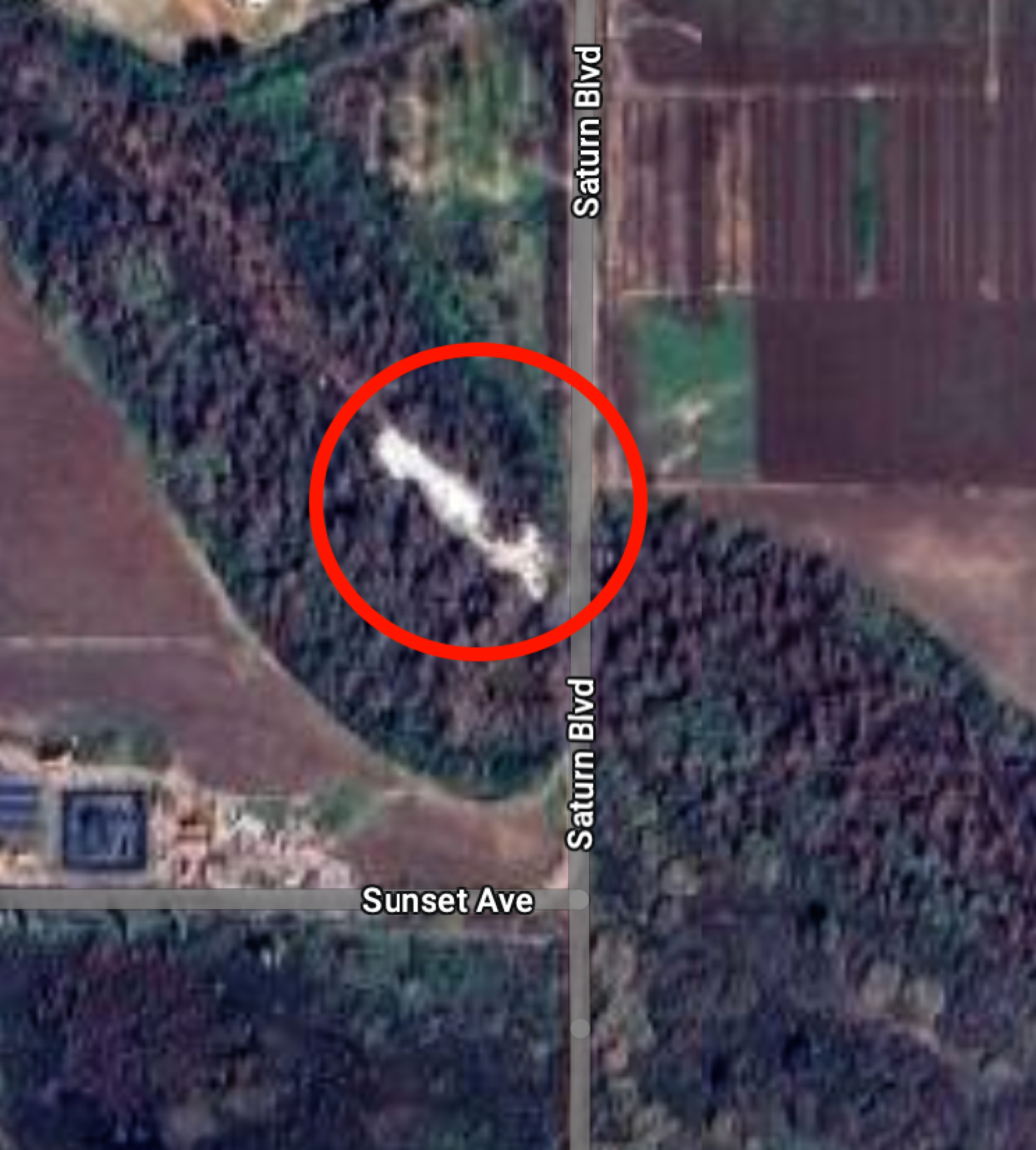
Marvel Harrison, who sits on Imperial Beach’s Tijuana River Pollution Task Force, lives on the beach next to the Imperial Beach Pier with her husband. She has become the reluctant lead plaintiff of a new class-action lawsuit against Veolia Water North America, the private company running the South Bay International Wastewater Treatment Plant.
Filed on Jan. 6, the lawsuit claims that Veolia’s failure to address pollution at the beach depreciated the value of residents’ properties and prevented them from enjoying the ocean. The suit seeks $300 million in damages, but Harrison said the goal is to bring attention to the environmental crisis, not to collect a huge check.
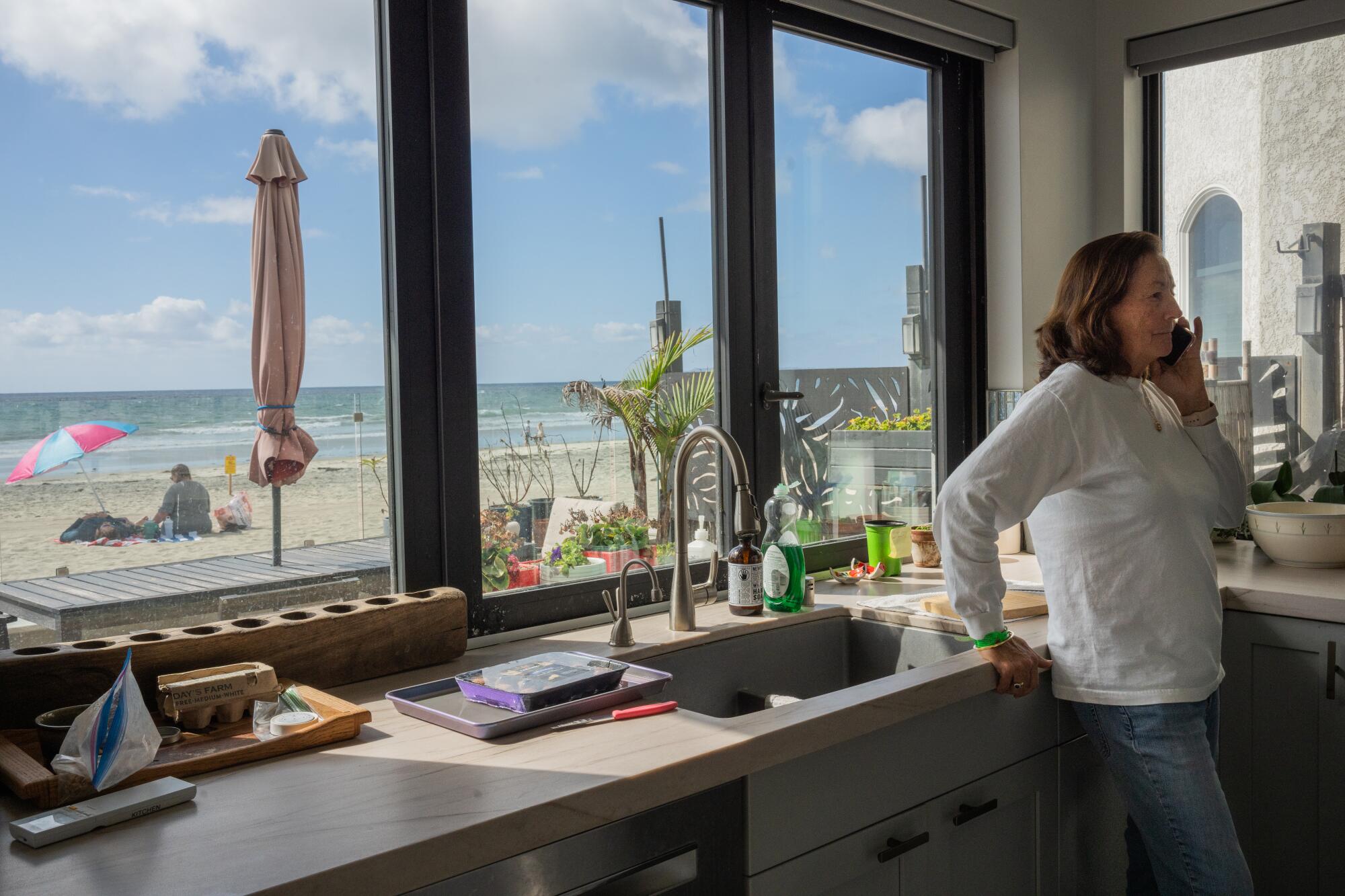
Harrison — who saved up enough money with her husband, a former pediatrician, to build a $3-million home — understands she’s part of a wealthy minority in her town. “The people of privilege are the ones that are using their voice in a respectful way to give voice to people who haven’t had it,” the 67-year-old former counseling psychologist said.
“It’s not like anybody can just get up and move to a different part of town or buy a house or buy themselves an AC unit,” Imperial Beach Mayor Paloma Aguirre said. “These are working families. There’s many of them, paycheck to paycheck, so that’s why we need help.”
In 2021, thousands of Los Angeles County residents living near the Dominguez Channel received vouchers to relocate after a warehouse fire caused a hydrogen sulfide stink. Assemblymember David Alvarez (D-San Diego) is one of the local representatives who’s written to Newsom twice, asking for a state of emergency. He believe it could help with short-term solutions, like temporarily relocating his constituents.
“You never recover if this happens every single day,” Alvarez said of the smell that he said has become progressively worse since his time as a San Diego City Council member. But he said the federal government has its role to play as well in cleaning up the riverbed. “This is going to require a tremendous amount of remediation, and something like a Superfund [site designation], I believe, is appropriate.”
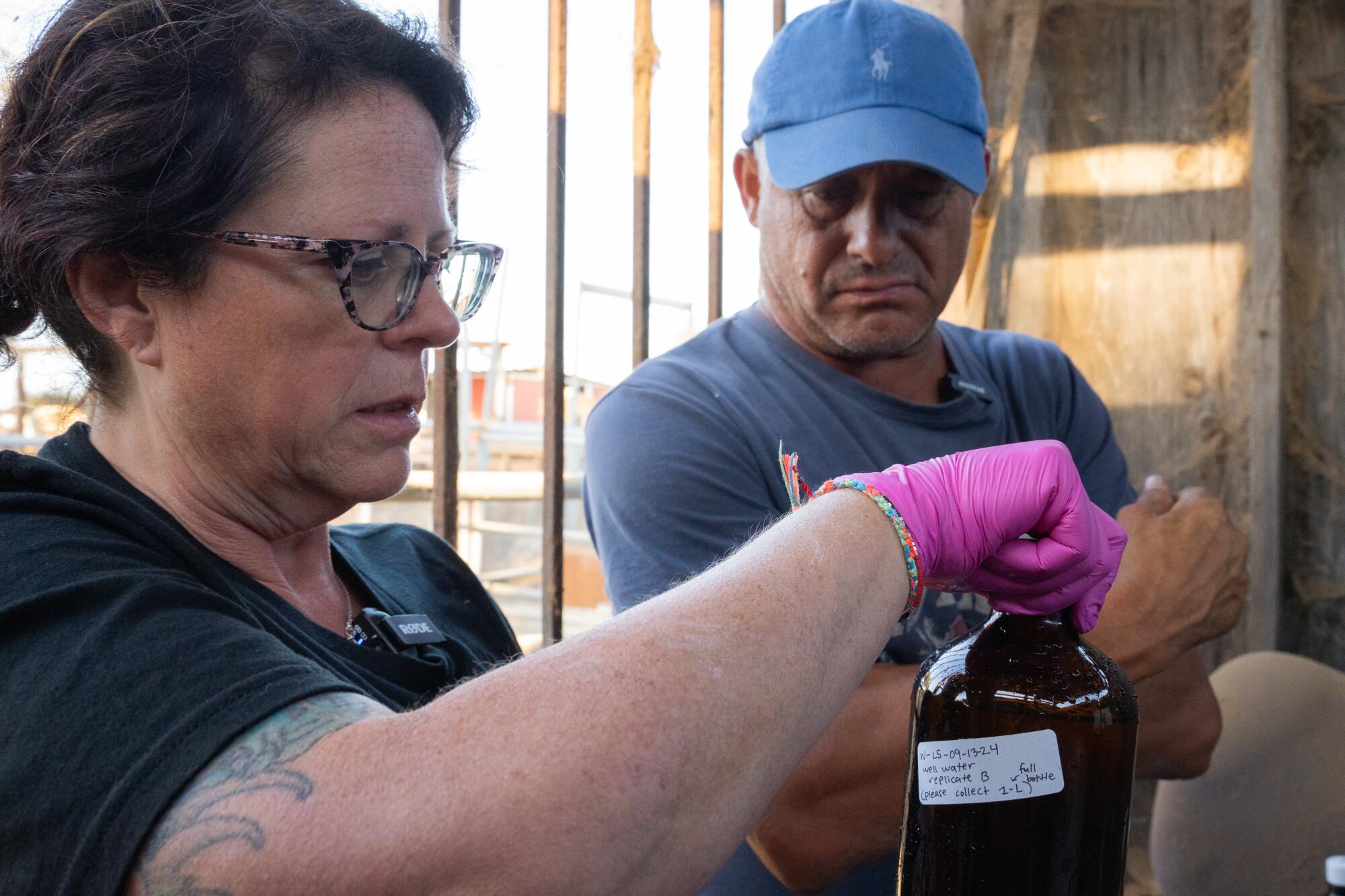
Sen. Alex Padilla (D-Calif.) and Reps. Juan Vargas (D-San Diego) and Scott Peters (D-San Diego) just announced a renewed effort to pass the Border Water Quality Restoration and Protection Act, which Vargas and the late Sen. Dianne Feinstein also introduced in the last two Congresses.
As for the state agencies that continue to say the air is safe for residents to breathe, the Dicksons encourage public officials to stay overnight and experience what the people in Imperial Beach experience.
“It’s not just a nuisance smell. It’s not just an odor. Your eyes burn, hurts to breathe, you get a sore throat. You’re vomiting,” Kimberly Dickson said. “If [Newsom] were to come down here and spend one night at the home of one of our residents that lived by the river that’s exposed to hydrogen sulfide for 24 hours, he probably would declare a state of emergency.”








